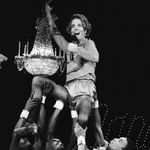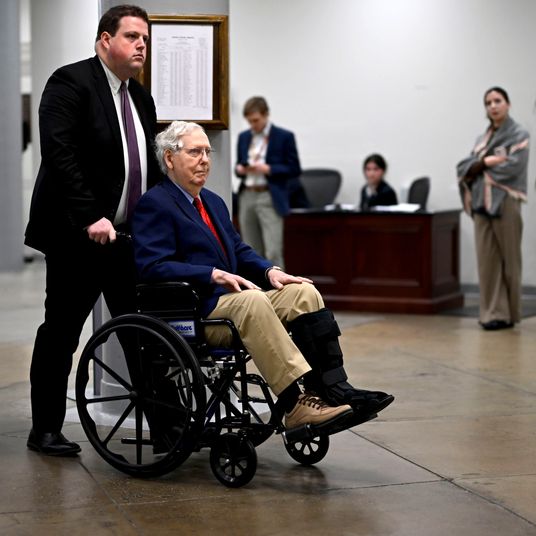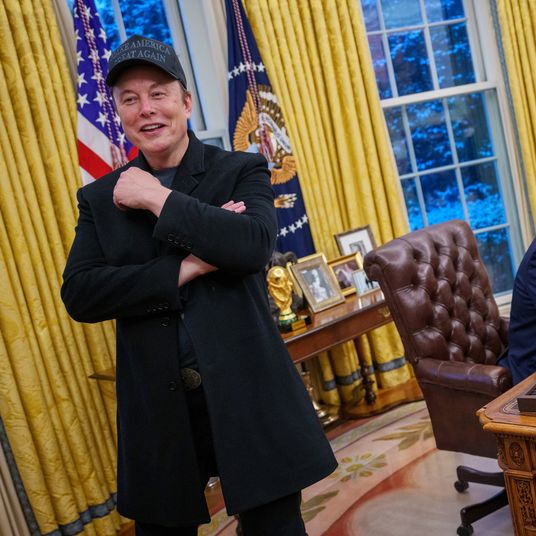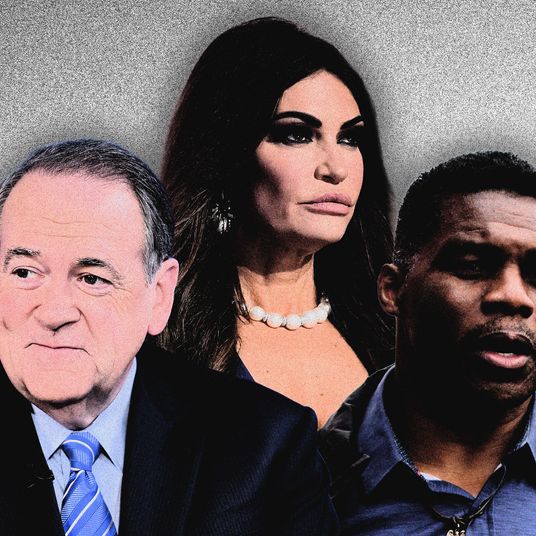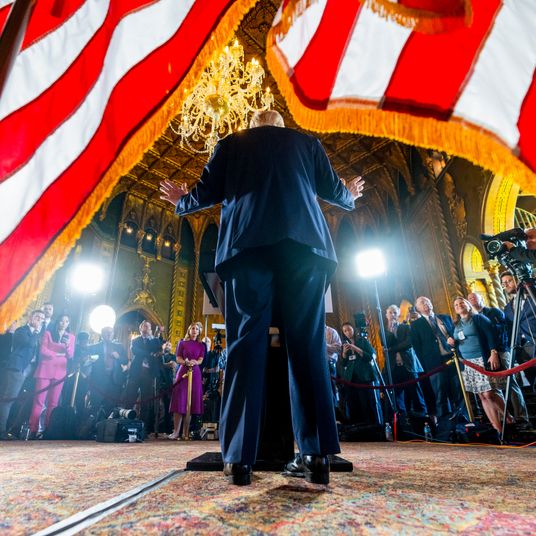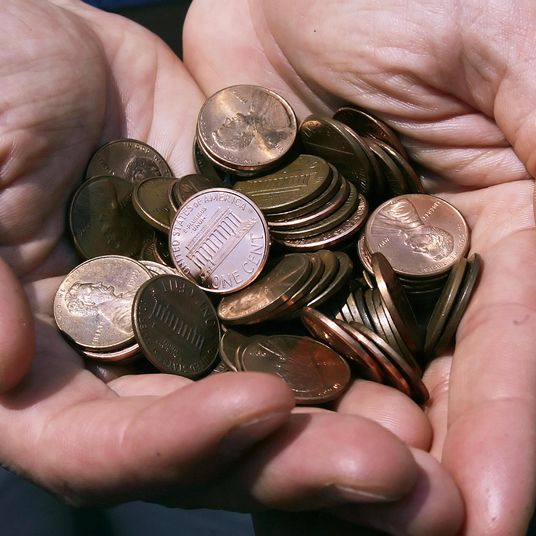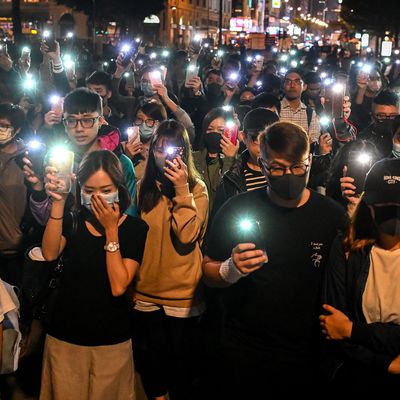
Hong Kong’s pro-democracy protest movement, now in its sixth month, has taken a violent turn in recent weeks as both the police and a minority of protesters have turned to more aggressive tactics in their ongoing standoff. In the past week, universities have become the main battleground, with student demonstrators occupying campuses and using gasoline bombs, slingshots, bows and arrows, and other makeshift weapons to hold off riot police wielding tear gas, pepper spray, rubber bullets, and water cannons firing caustic blue dye.
As of Monday, hundreds of protesters were holed up at Hong Kong Polytechnic University, where they have been under siege for several days by police officers who have cordoned off the campus and issued them an ultimatum to drop their weapons and come out through one designated exit, Most of the protesters have resisted this call rather than be arrested and potentially prosecuted on rioting charges, but the 500 or so still inside were exhausted and running out of supplies, while many were injured and unable to receive medical attention. Police said they had let Red Cross volunteers into the university to help the injured, but injured protesters can’t leave the campus to be treated at hospitals without exposing themselves to arrest.
Hong Kong police said 154 people were arrested this weekend, pushing the total number of arrests since the protests started in June to nearly 4,500. The city’s hospital authority said 116 people had been sent to hospitals in the city as of 10:00 p.m. Monday night, though only one was in serious condition.
The standoff at Hong Kong Polytechnic University comes after a week of intense protest activity and an increasingly violent response from the police, who are frustrated and losing patience. Last Monday, the city witnessed perhaps the worst day of violence so far: One protester was shot point-blank by a police officer, while across town, some protesters responded to a middle-aged man who reprimanded them by dousing him with gasoline and setting him on fire. Amazingly, the months-long conflict has resulted in only one known death so far, when a student demonstrator fell from a parking garage during a confrontation with police earlier this month.
Also on Monday, the protest movement won a legal victory when the Hong Kong High Court ruled that a ban on wearing face masks in public, imposed by the city’s chief executive Carrie Lam last month, violated the Basic Law (the city’s de facto constitution). The Chinese government harshly criticized the ruling, raising concerns that Beijing might step in to limit the ability of Hong Kong’s courts to interpret the Basic Law.
This latest escalation has been met with alarm from Western countries, who warned the Chinese government and Hong Kong authorities against the disproportionate use of force. Secretary of State Mike Pompeo said in a media briefing on Monday that the local government “bears primary responsibility for bringing calm to Hong Kong” and that “unrest and violence cannot be resolved by law enforcement efforts alone,” while stressing that Beijing must honor its promises to Hong Kong with regard to civil liberties. The European Commission also condemned the heavy-handed police tactics, warning that “any action by the law enforcement authorities must remain strictly proportionate and fundamental freedoms, including in particular the right of peaceful assembly and expression, must be upheld.”
The protest movement began in June with a series of large-scale, peaceful demonstrations against a bill that would have allowed Hong Kong residents accused of crimes to be extradited to mainland China, where the courts are controlled by the Communist Party and defendants have fewer rights. Protesters saw this move as part of a creeping effort by Beijing to assert greater control over Hong Kong and chip away at the “one country, two systems” arrangement established in the handover treaty under which the U.K. ceded its former colony to China in 1997. In that treaty, China agreed to let Hong Kong maintain its separate legislative system, with much greater freedoms than mainlanders enjoy, for 50 years.
The apparent weakening of the city’s autonomy during the tenure of Chinese premier Xi Jinping led to a wave of mass protests in 2014 and has catalyzed the current protest movement. Lam withdrew the extradition bill in September in response to the backlash, but by that time, the demonstrators’ demands had expanded to include direct elections for all lawmakers and the chief executive (currently appointed by Beijing), amnesty for all their fellow protesters, and an independent investigation into the conduct of the police. These demands, particularly the first one, are nonstarters in Beijing, hence the current, apparently intractable stalemate.
Lam, the chief executive, has been noticeably quiet and largely out of public view amid the recent chaos. This may mean she is unsure of what to do or reluctant to be responsible for ordering a more violent crackdown on the protest movement; she may also be “waiting for orders from Beijing,” as Emily Lau, a pro-democracy Hong Kong politician, put it to the Washington Post. With limited power to act and squeezed between international pressure and the demands of hardliners in Beijing and her own administration, Lam appears to lack the authority or the flexibility to forge a political resolution to the current crisis.
For his part, Xi has attempted to take a tough line with Hong Kong while refraining from the kind of brutality that China infamously unleashed on student demonstrators in Beijing’s Tiananmen Square in 1989, when hundreds, perhaps thousands, were gunned down by the People’s Liberation Army. On the face of things, the premier could call in the PLA’s elite Hong Kong garrison at any time to quell the protests forcibly, but to do so would invite global condemnation, risk driving investors and businesses out of Hong Kong’s global financial hub, and underscore the very same fears of lost autonomy that have motivated the protest movement. China is already caught in a tense trade conflict with the United States and facing mounting international scrutiny for its detention of up to one million ethnic Uighurs, Kazakhs, and other Muslim minorities in “re-education” camps in the western province of Xinjiang.
Internal power struggles in Beijing may also weigh on Xi’s decision-making in Hong Kong; the premier has many rivals within the leadership ranks of the Communist Party who are wary of his consolidating power and are “happy to see Hong Kong burn” as it reflects poorly on his leadership and damages his authority, Lau told the Post.
Still, the messaging from Beijing is increasingly dire. China’s foreign ministry and defense ministry issued statements on Monday warning that the central government and the PLA were prepared to restore stability in Hong Kong. Commentators in state media outlets have begun urging escalatory measures: Hu Xijin, editor of the Global Times tabloid, wrote that Hong Kong police should be authorized to fire on the demonstrators with sniper rifles and should not be held legally responsible for any deaths. On Saturday, the PLA garrison made a show of going around the city clearing roadblocks, in what soldiers claimed was a spontaneous volunteer effort but was really a reminder that Beijing could and would deploy the army to restore order.
The endgame in Hong Kong remains as nebulous today as it did this summer, when the authorities were already losing patience with the protesters and warning of a crackdown. That the movement has gone on this long without bringing down the heavy hand of the central government speaks less to Beijing’s tolerance and more to the delicate political and economic considerations at hand, as well as the protesters’ canny leveraging of the international spotlight through social media. Still, the fact remains that the Chinese government has the power to impose its will on Hong Kong if and when it decides that the price of doing so is cheaper than letting the situation continue.
A peaceful political solution in Hong Kong would be a great relief, but it still seems more likely that this all will end in tragedy — perhaps soon. The demonstrators and the local authorities are locked into their mutually incompatible demands, with neither side able to gain enough of an advantage to force their desired outcome. Unless Western governments and the global business community are willing to go to bat for Hong Kong by substantially raising the cost of a crackdown, it’s hard to see how Beijing doesn’t eventually succumb to the temptation to bring an end to the chaos with deadly force.


